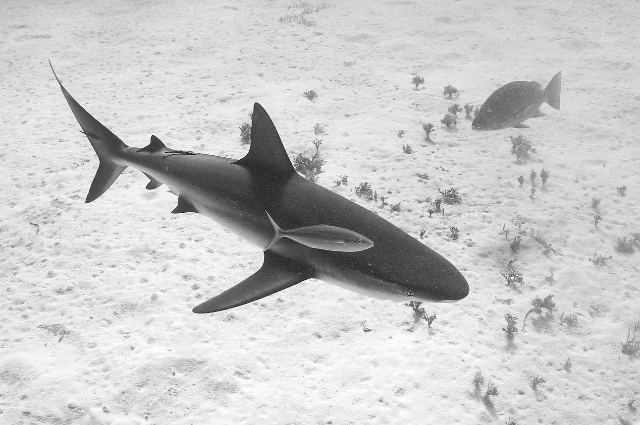
The phrase “origin of life” appears simple, but it poses a complex question that has puzzled researchers, philosophers, and thinkers for centuries. Despite years of research, we are left with theories and hypotheses, none of which have conclusive proof to definitively answer this question. The origin of life remains a mystery.
Hypotheses:
Abiogenesis
Abiogenesis, also known as chemical evolution, suggests that life began with chemical reactions in the early Earth's atmosphere. This early atmosphere was vastly different from today's, featuring frequent lightning, volcanic eruptions, and a reducing environment that facilitated the formation of essential molecules for life, such as amino acids and nucleic acids, from inorganic matter.
A famous experiment, the Miller-Urey experiment, demonstrated that amino acids found in living organisms today could be synthesised under conditions thought to resemble early Earth. This theory also proposes various pathways for the synthesis of nucleotides, which store genetic information in the form of RNA and DNA. Additionally, prebiotic experiments have shown the formation of lipids, crucial for cell membranes that enclose cellular organelles. However, these findings are still insufficient to fully prove the theory of Abiogenesis.
One major question remains: How did these simple organic molecules come together to form more complex structures, such as protocells? Protocells are theoretical constructs hypothesised to be precursors to living cells. Although there is no direct evidence of their existence, they serve as a conceptual framework for scientists exploring the transition from simple organic molecules to complex cellular structures, leading to the formation of ancestral cells.
Exogenesis
Exogenesis presents a completely different approach. It posits that the prebiotic organic molecules essential for life may not have originated on Earth but were instead delivered here from elsewhere in the universe. This theory suggests that life did not independently originate on Earth but arrived from extraterrestrial sources such as comets, meteorites, or interstellar dust.
There are several variations of the Exogenesis theory:
Microorganism Delivery:
One variation suggests that microorganisms or organic molecules survived the harsh conditions of space, travelling on meteorites, comets, or other celestial debris. These organisms or molecules, protected by the rocks or ice of these celestial bodies, were delivered to Earth upon the bodies' interaction with Earth's gravity.
Intentional Seeding:
Another variation hypothesises that life was intentionally seeded on Earth by an advanced extraterrestrial civilisation, arguing that the complexity of life and genetic codes is too sophisticated to have arisen spontaneously on Earth. This raises questions about the existence of extraterrestrial life.
Panspermia:
Another variation states that life was scattered throughout the universe and Earth became a recipient. This suggests that essential molecules developed in the harsh conditions of space inside comets or other celestial bodies, and upon contact with Earth, these molecules formed complex structures, initiating life.
Summary
Abiogenesis and Exogenesis are two distinct hypotheses that challenge each other and remain topics of debate. Each theory has its strengths and challenges, and ongoing research continues to explore this profound mystery of life’s origin.
